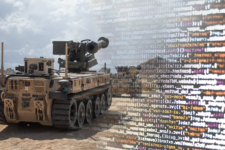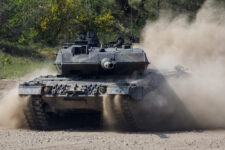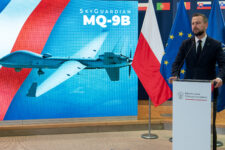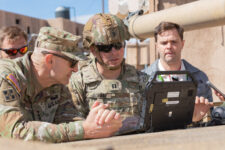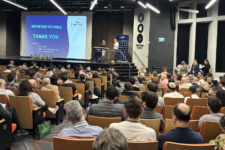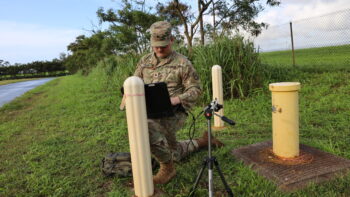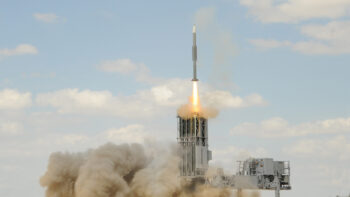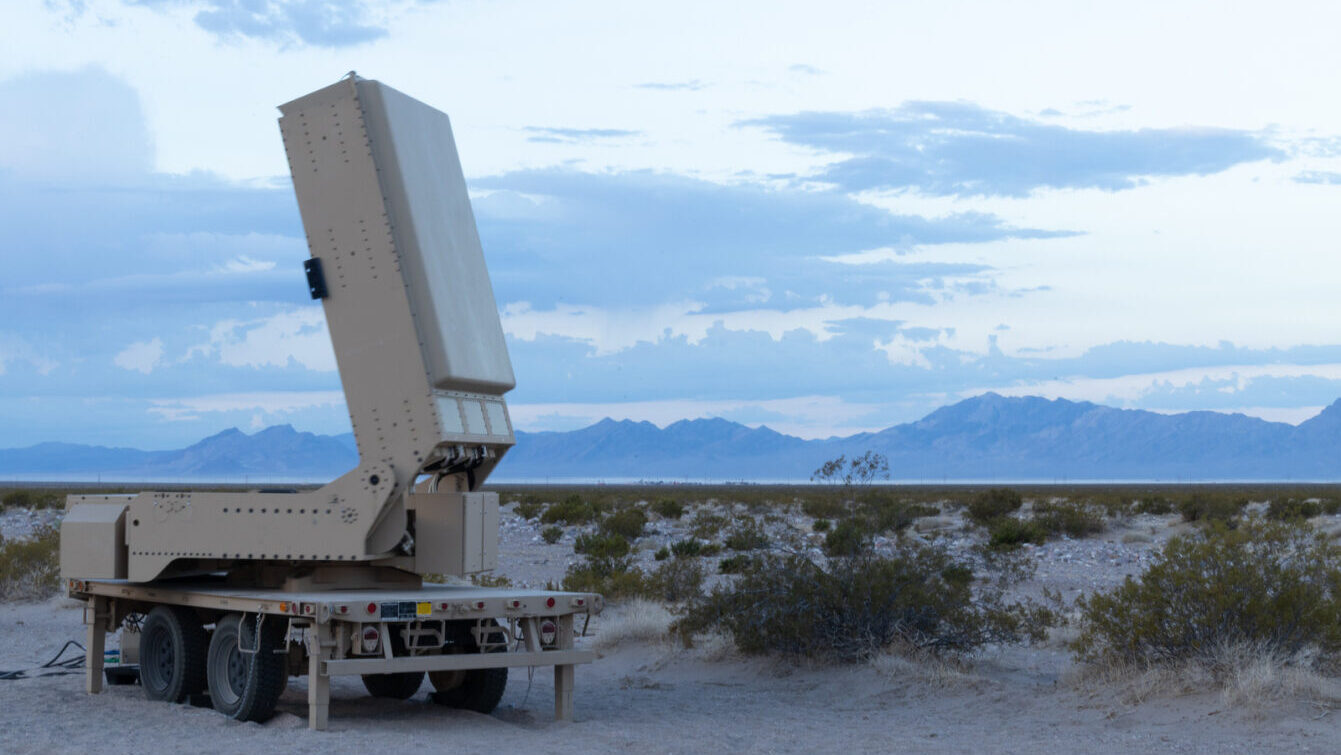
A photo of the IFPC-HPM prototype. (Epirus)
SMD 2024 — The US Army is still planning to send high-power microwave prototypes to the Middle East to test out drone swarms again, but it’s taking just a bit longer than initially planned to get them there, according to a three-star general.
After Epirus delivered its fourth and final Indirect Fire Protection Capability-High-Power Microwave (IFPC-HPM) prototype to the service earlier this year, soldiers began testing with the new class of weapons. Through that process, the Army decided it needed to make kill chain adjustments, according to Lt. Gen. Robert Rasch, the Director of Rapid Capabilities and Critical Technologies Office (RCCTO).
“The system actually worked very well, but we had some, some additional work to do, from a suitability perspective,” he told Breaking Defense today. “It wasn’t the weapon system … [but] how the weapon system fits into the larger kill chain. So we’ve added some capability to the system to make it easier for the soldier to implement.”
While he didn’t detail the changes, he said the new counter-drone weapon has received additional “sensing capability” so operators can be “absolutely confident” that they’re directing the energy at the right spot at the right time. Once those changes are made, he said soldiers will receive additional training on how to use the weapon before it is deployed abroad for additional testing.
If all goes as planned, the first IFPC-HPM prototype could be inside the Middle East within six to nine months. (Rasch did not disclose that location, but Chief of Staff Gen. Randy George’s office previously told Breaking Defense that the US Central Command area had been selected.)
“We’ve got to work through some of the process … not bureaucratic, but work through all the safety release stuff, all the directed energy weapons process to actually send something like that down range,” Rasch added.
The proliferation of drones and other aerial threats has promoted a military race to quickly develop and field new systems to counter them, and the service is focused on ways to reduce the cost-per-shot kill. Directed energy systems — like high-energy lasers and high-power microwaves — provide the opportunity to do just that and George is using soldiers inside the CENTCOM region to test them out against real-world threats and conditions like dust.
If and when IFPC-HPM makes its debut in the Middle East, it will be joining a host of high-energy lasers already over there including Stryker-mounted 50-kilowatt laser prototypes.

